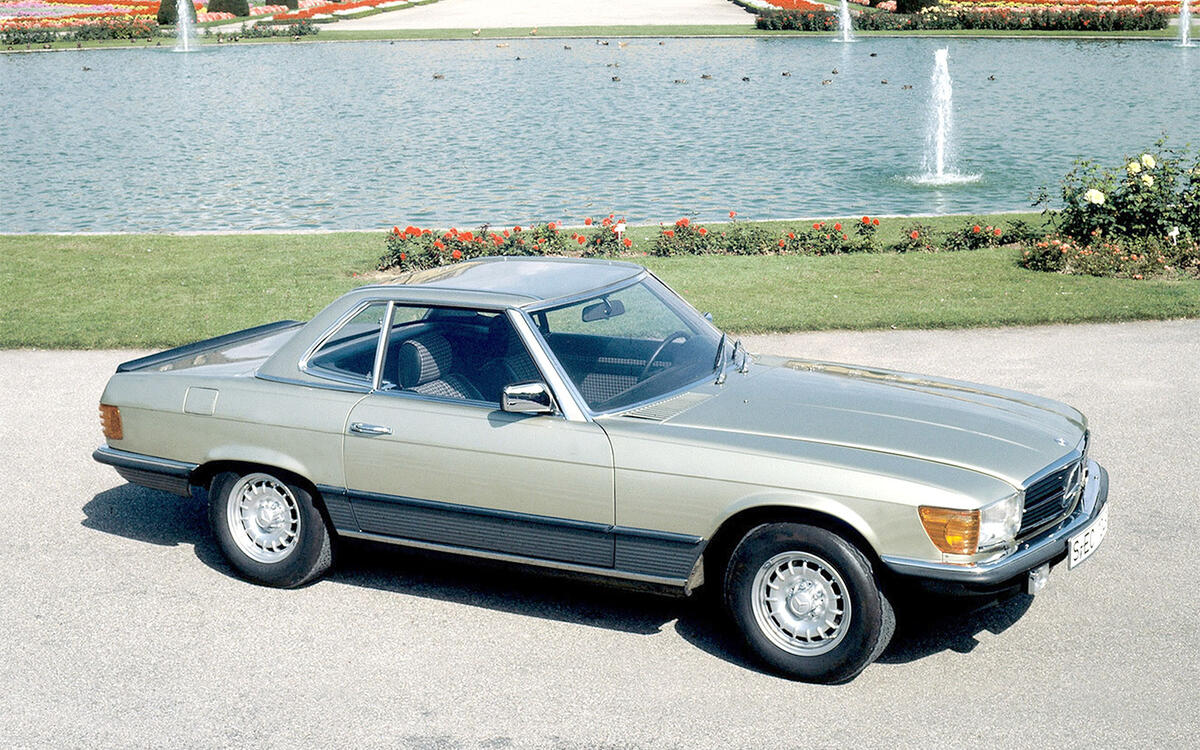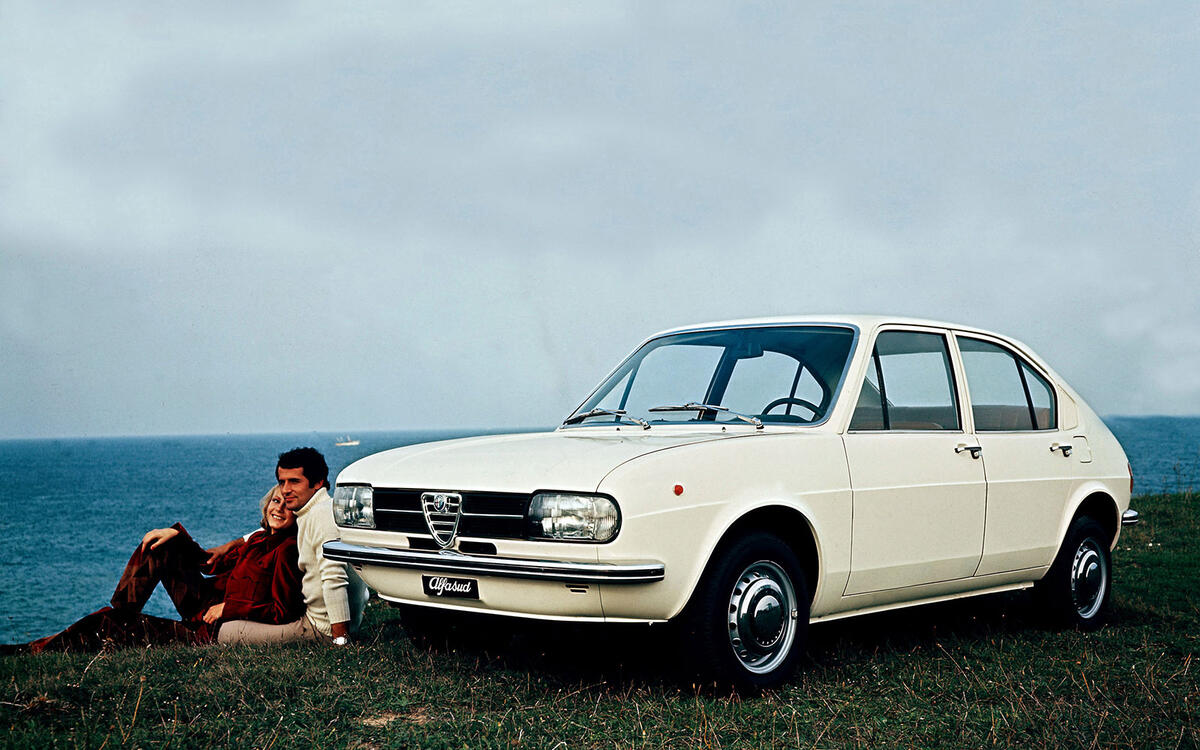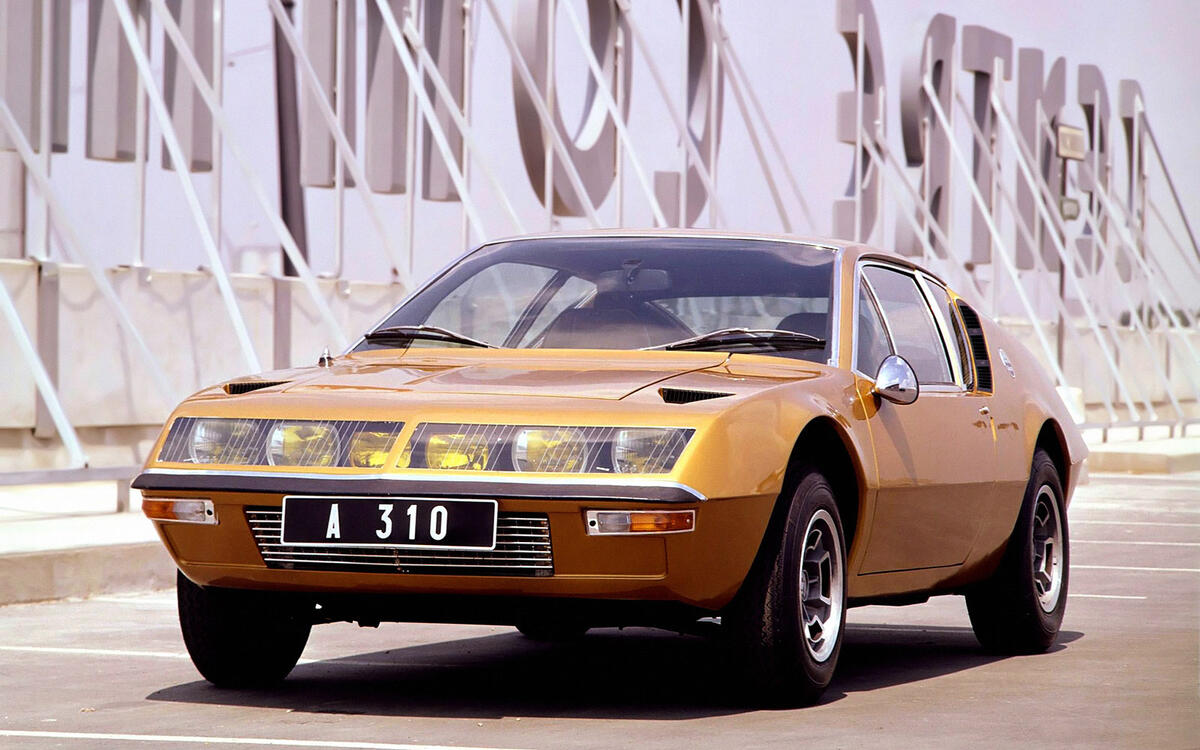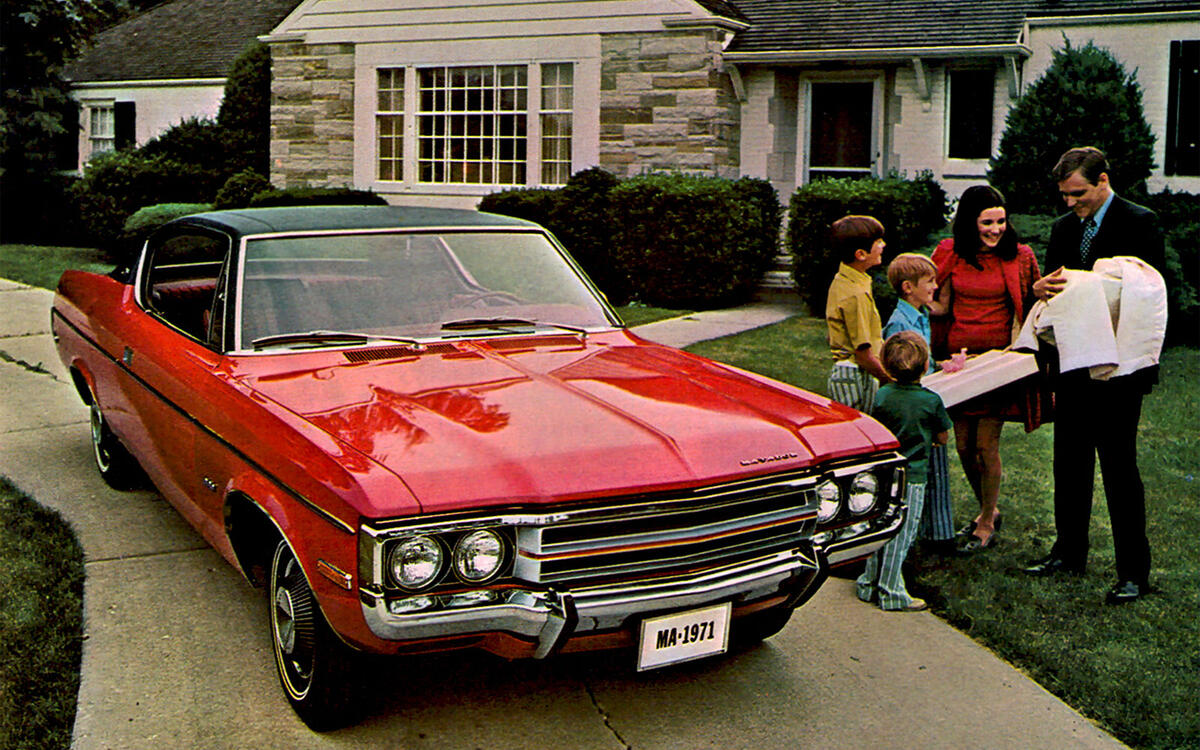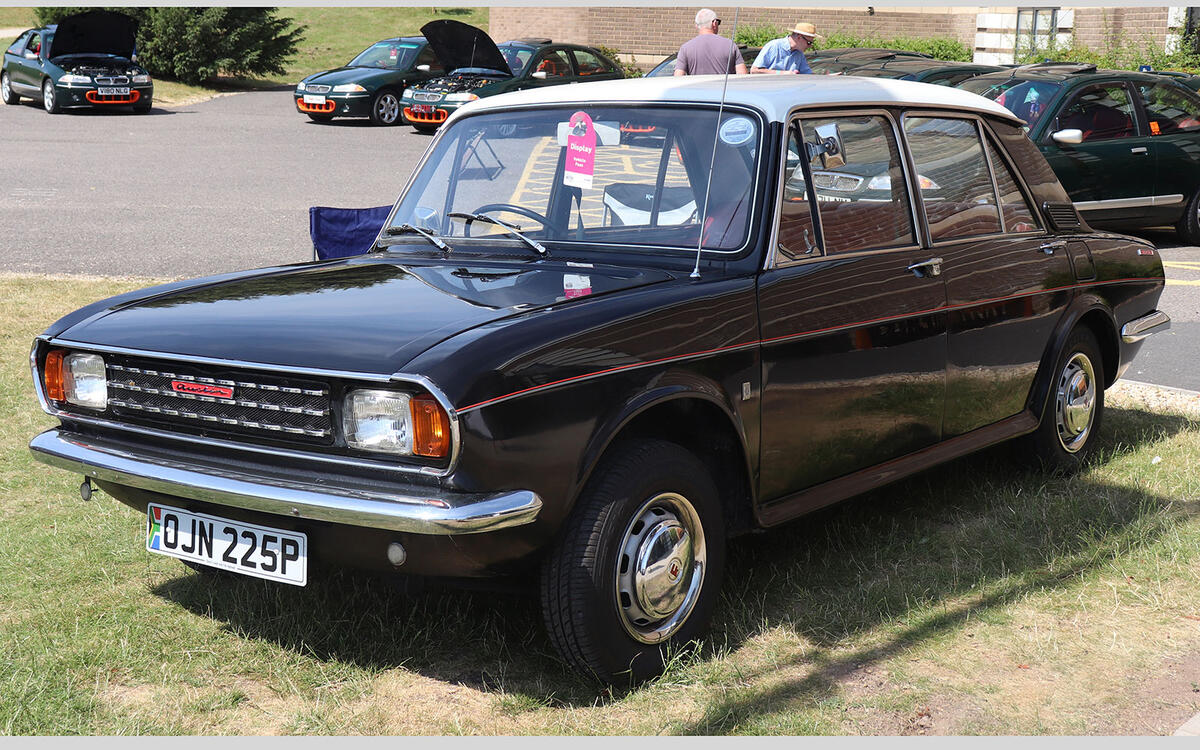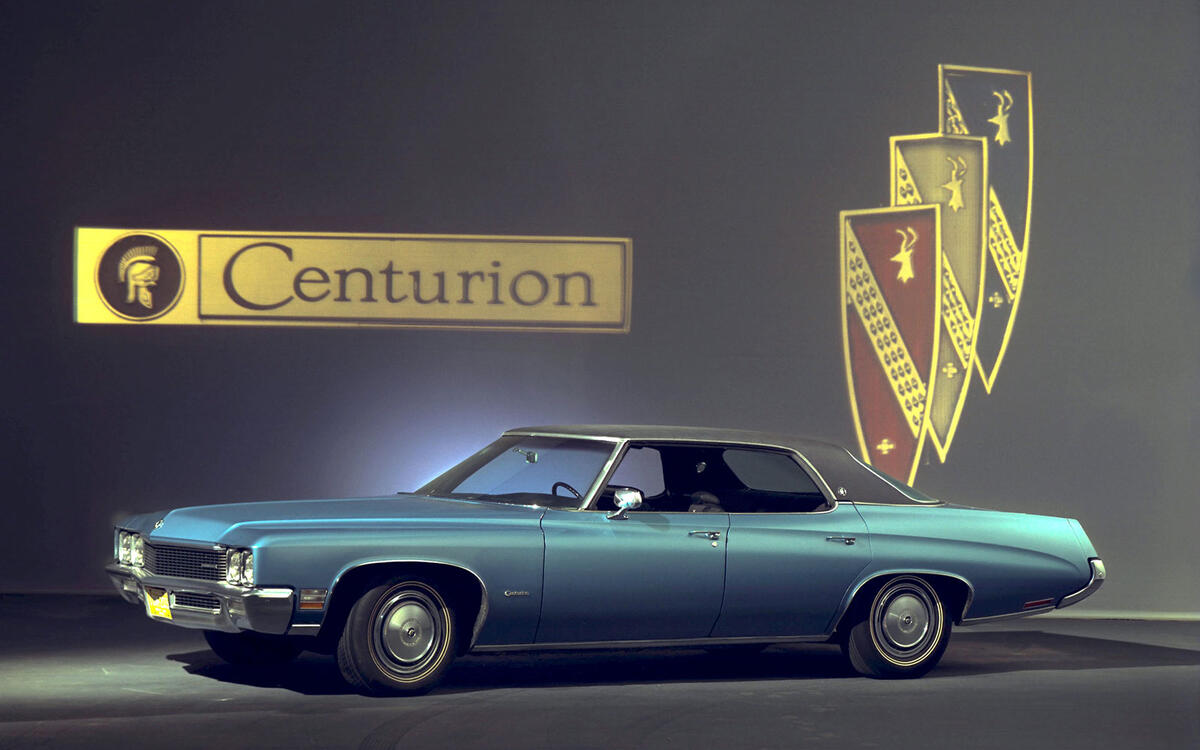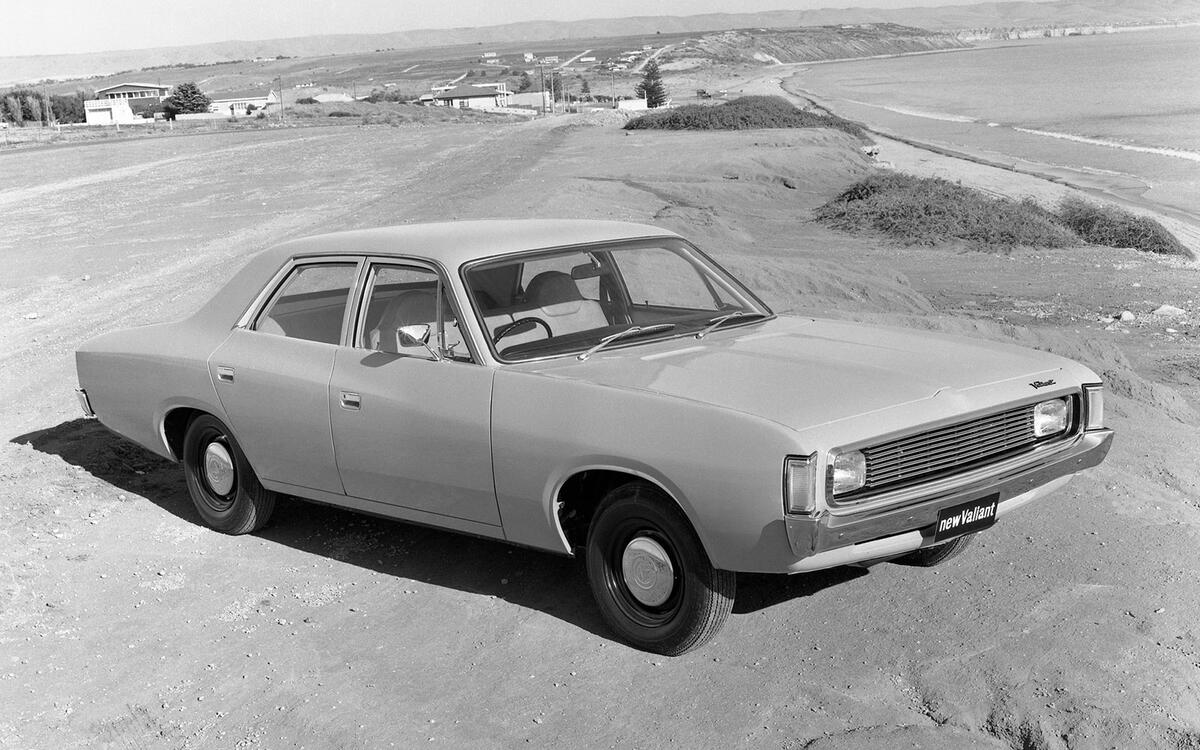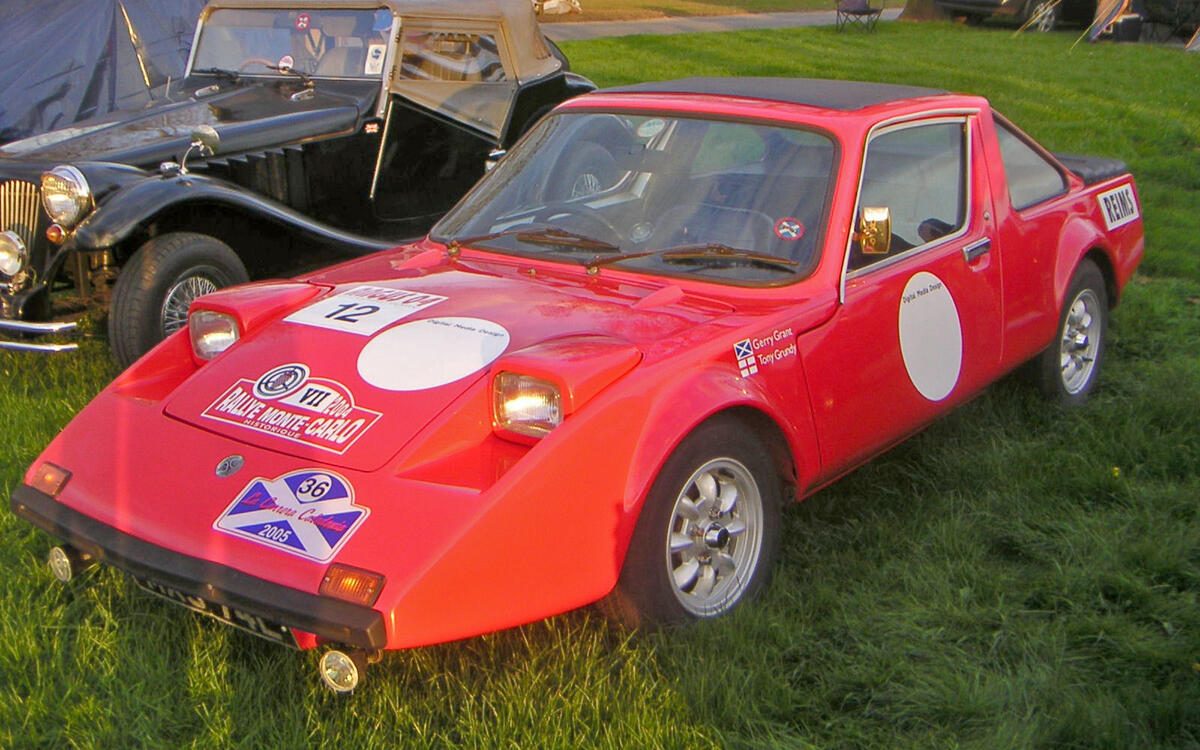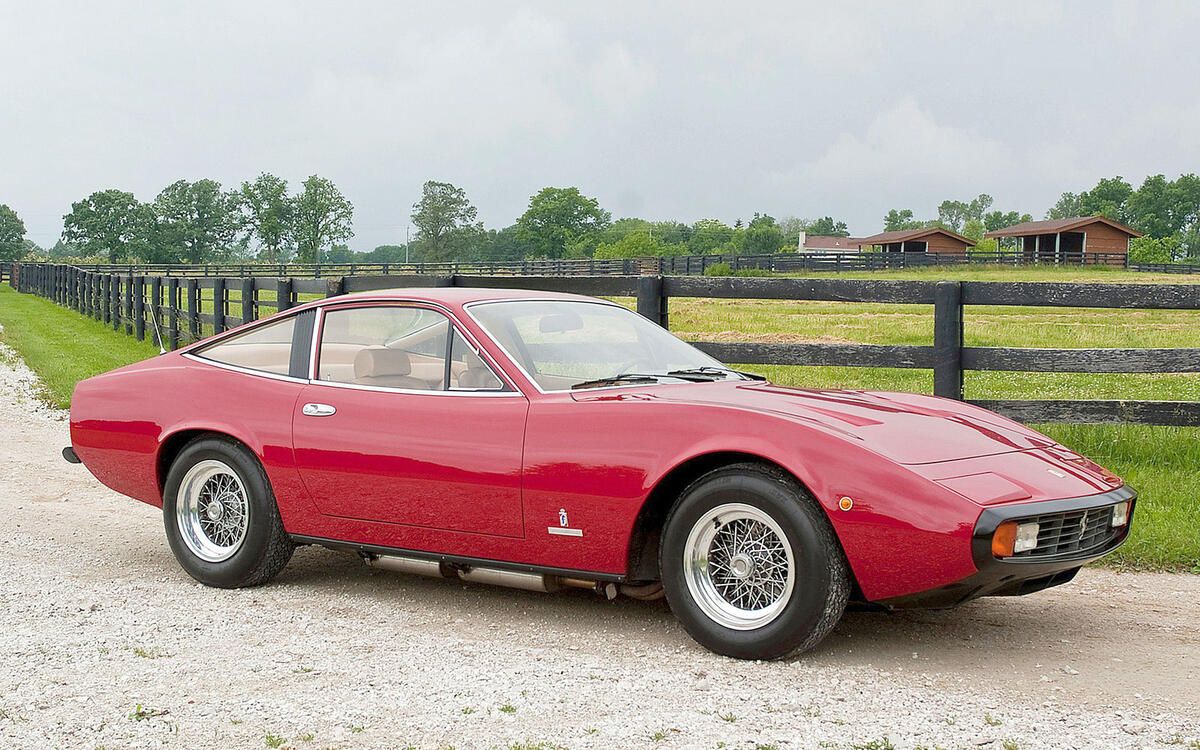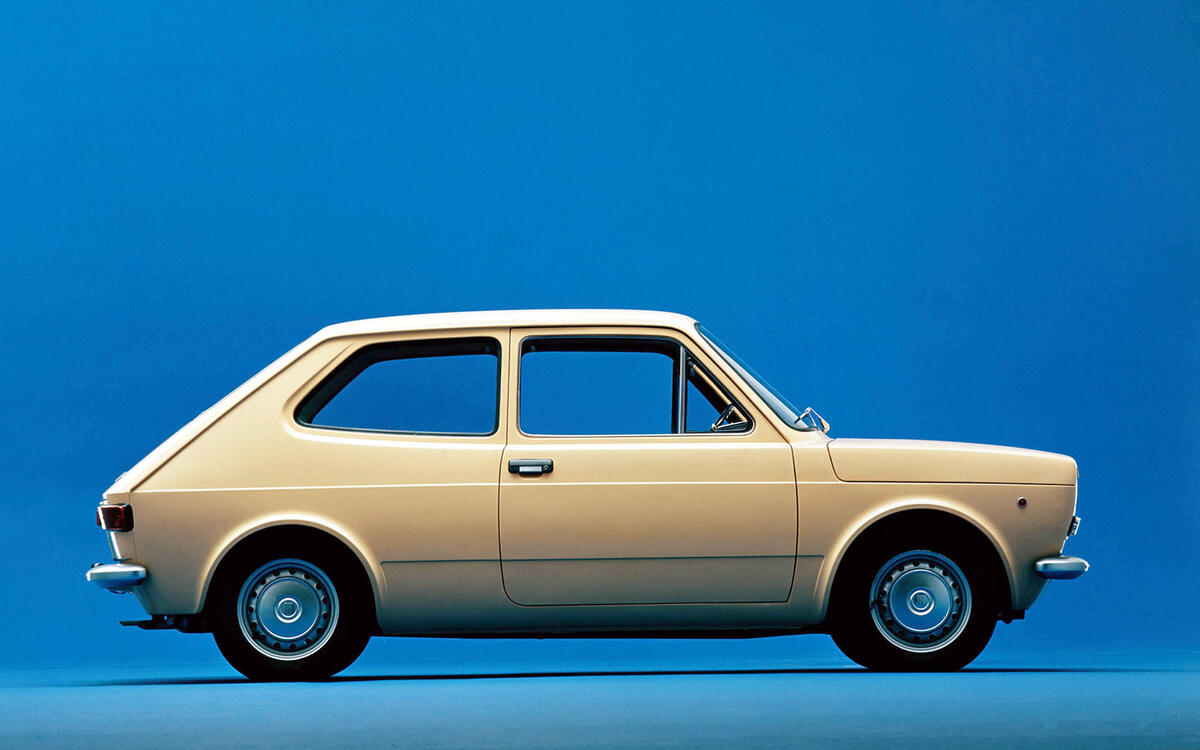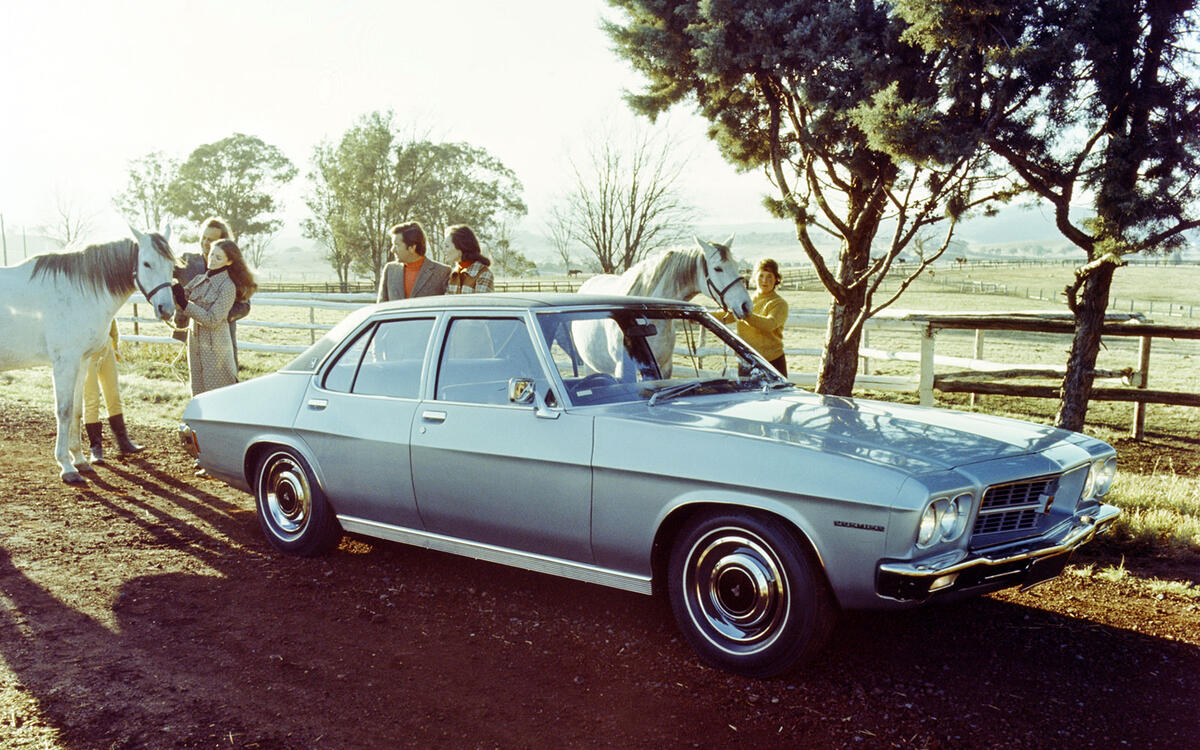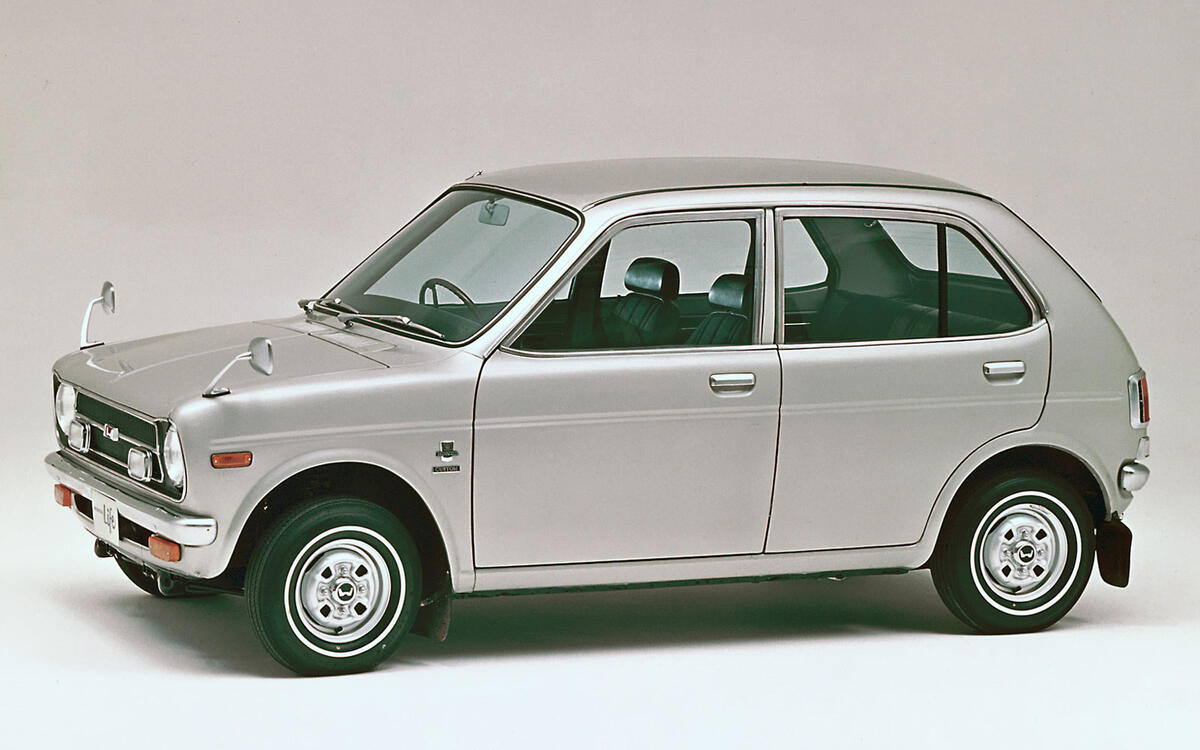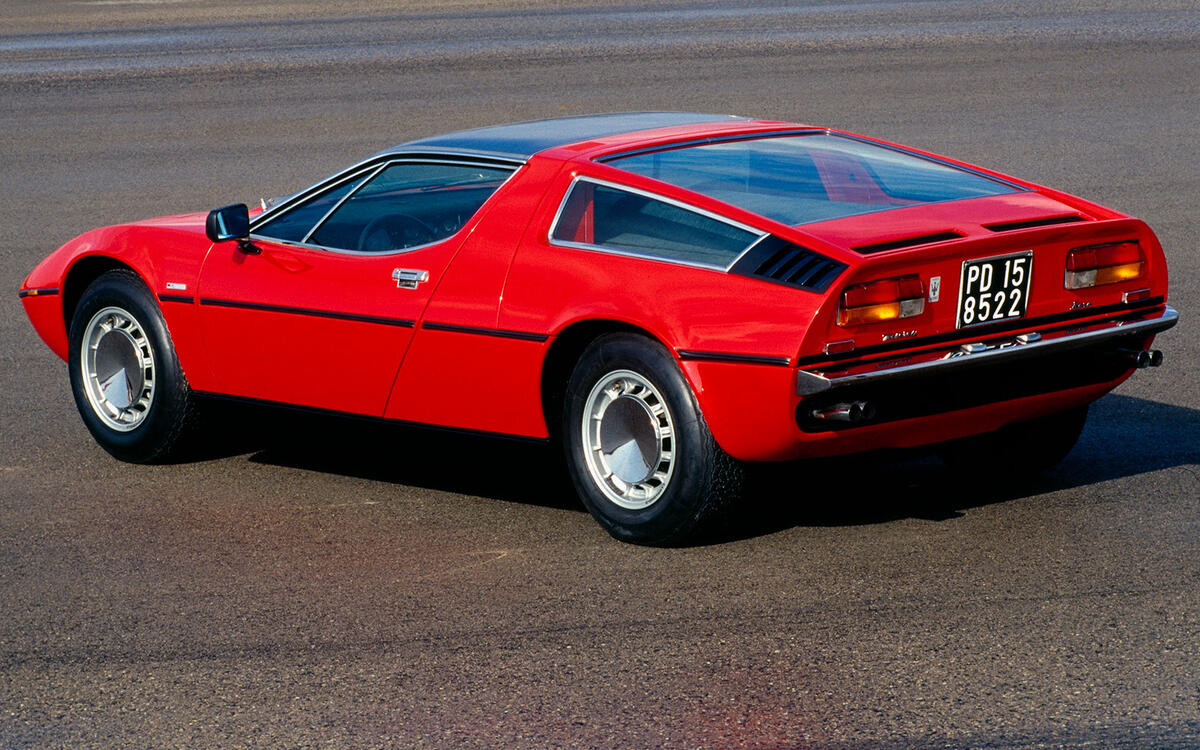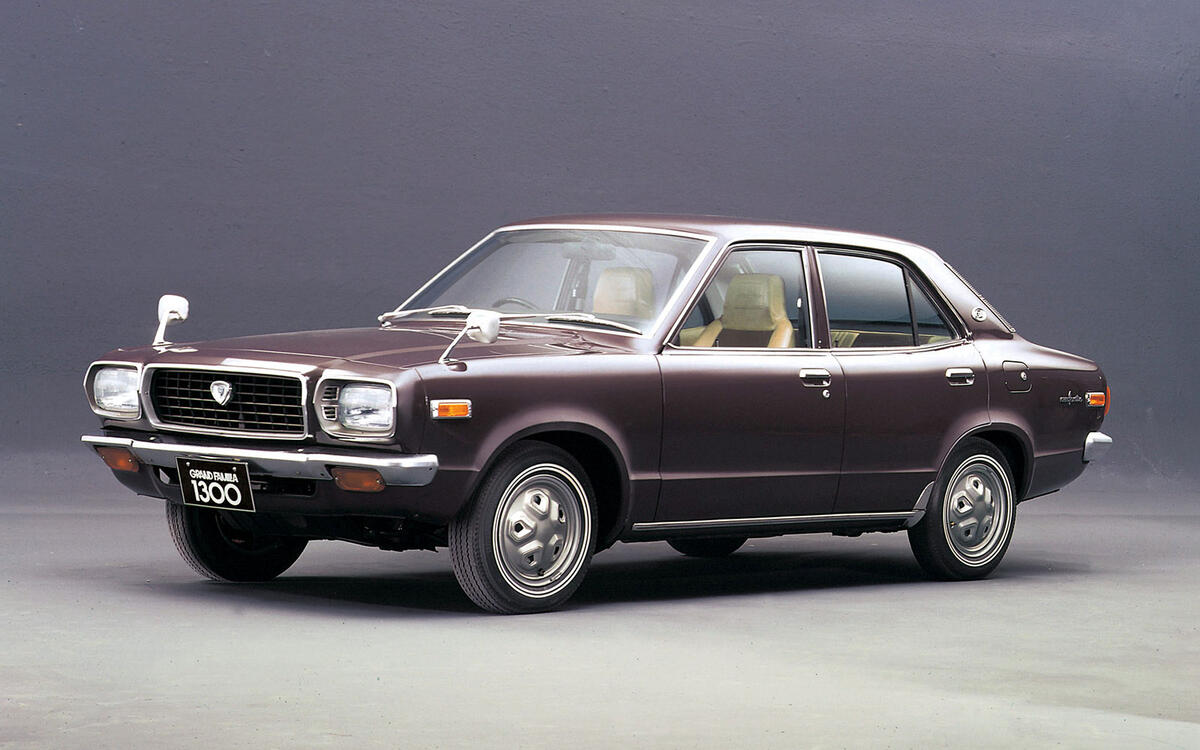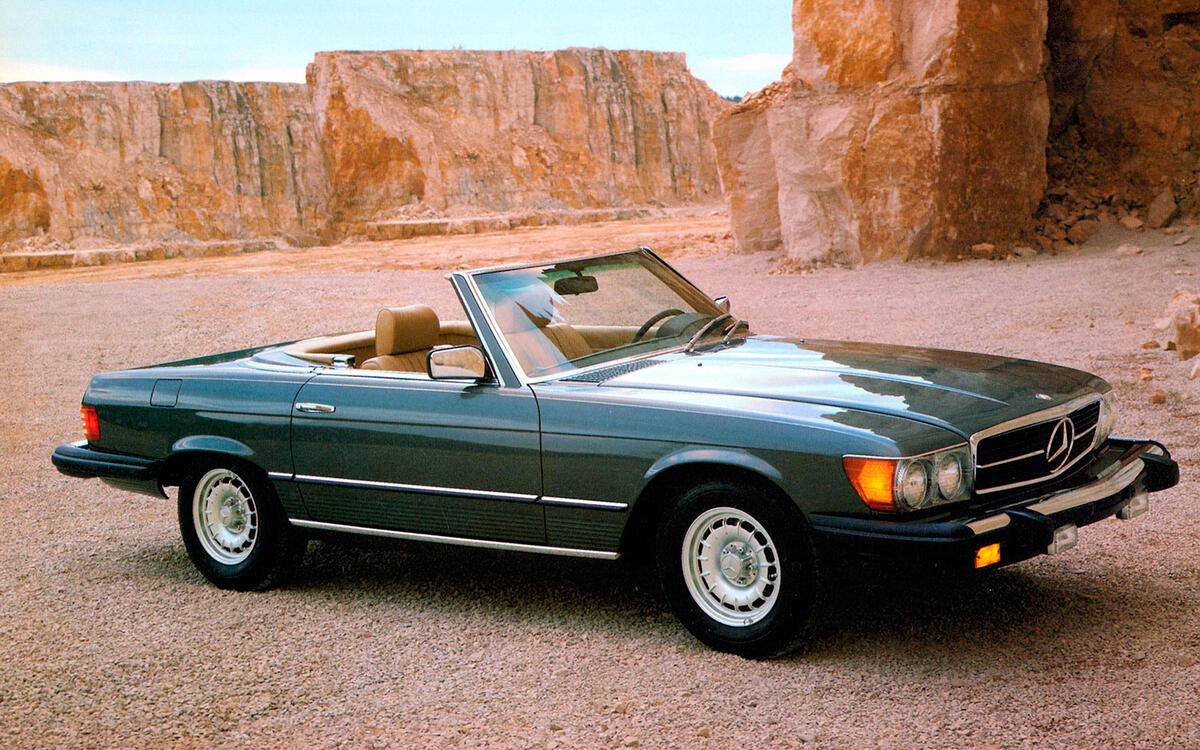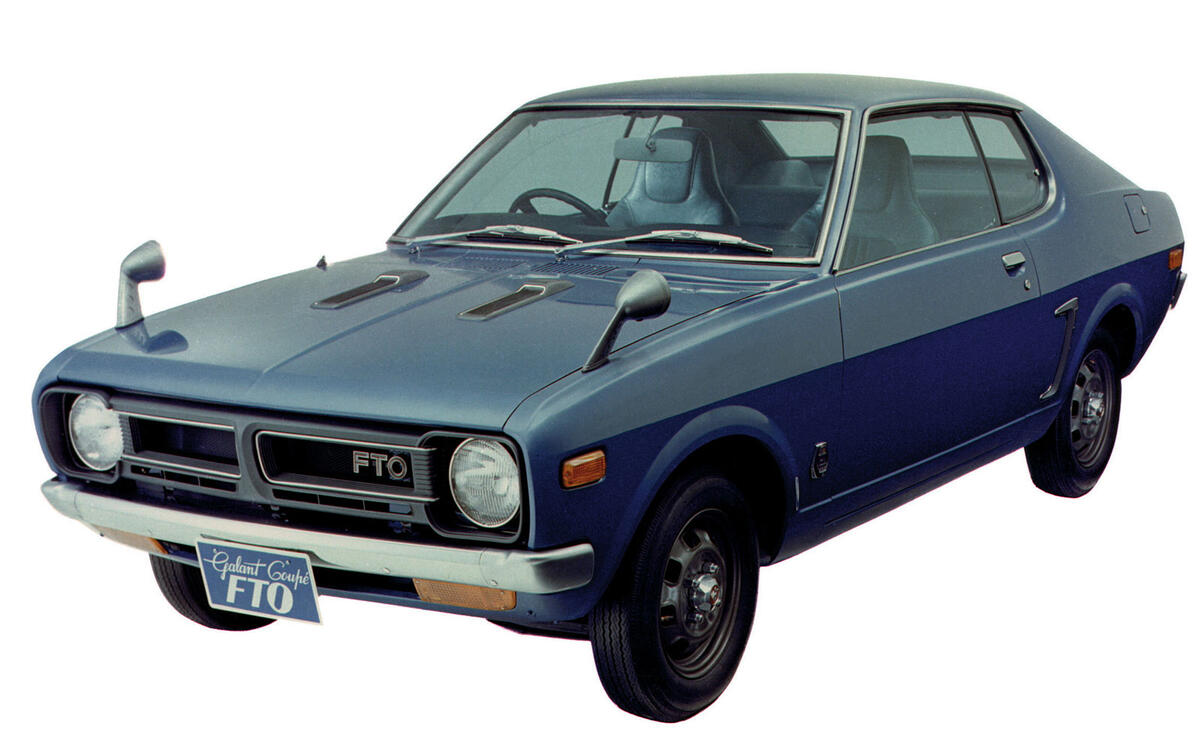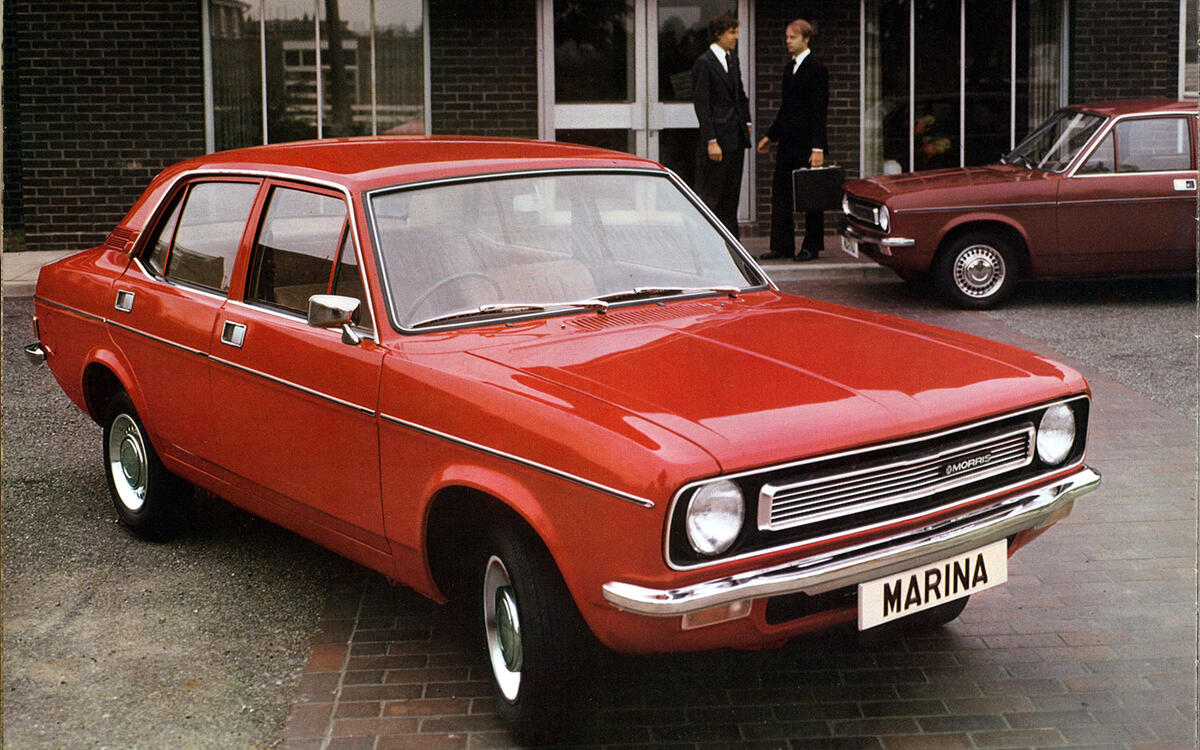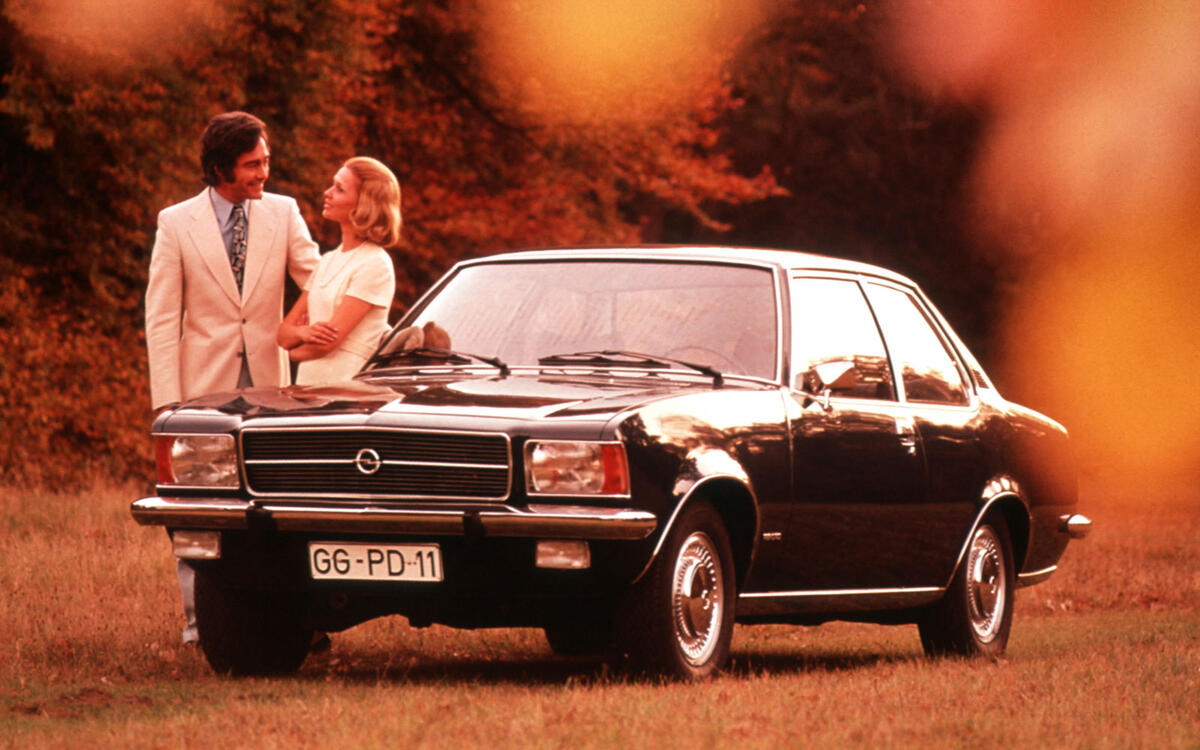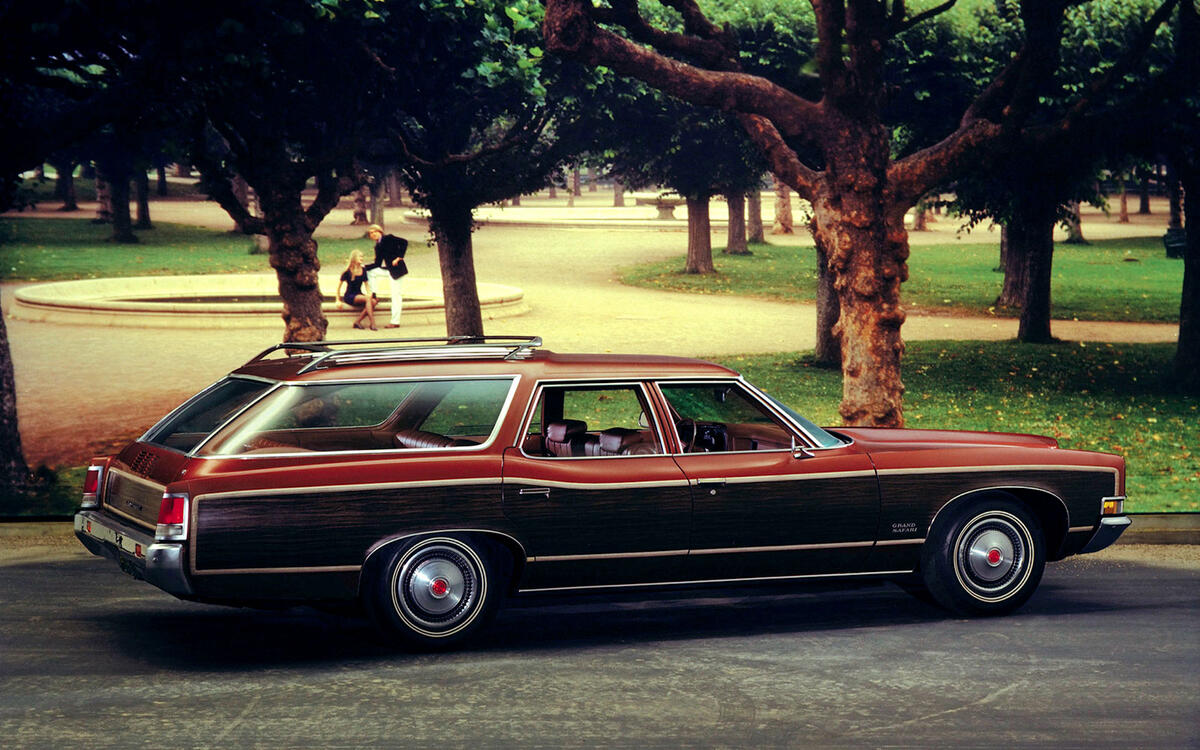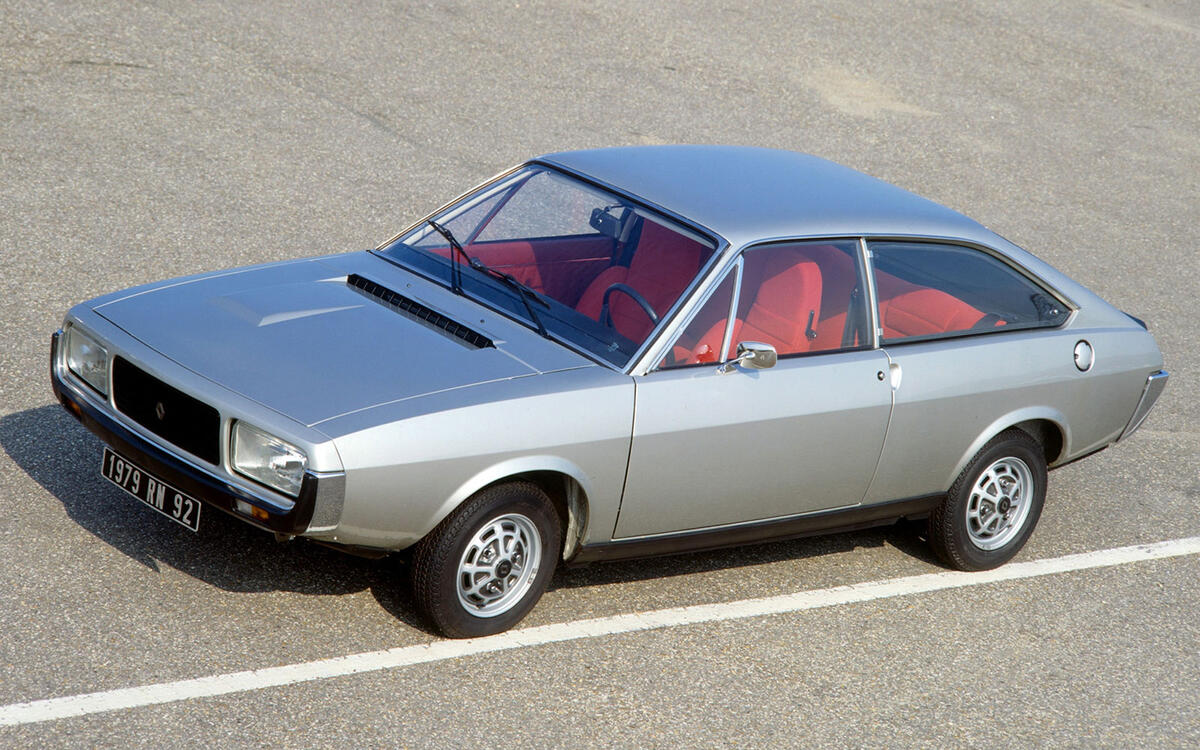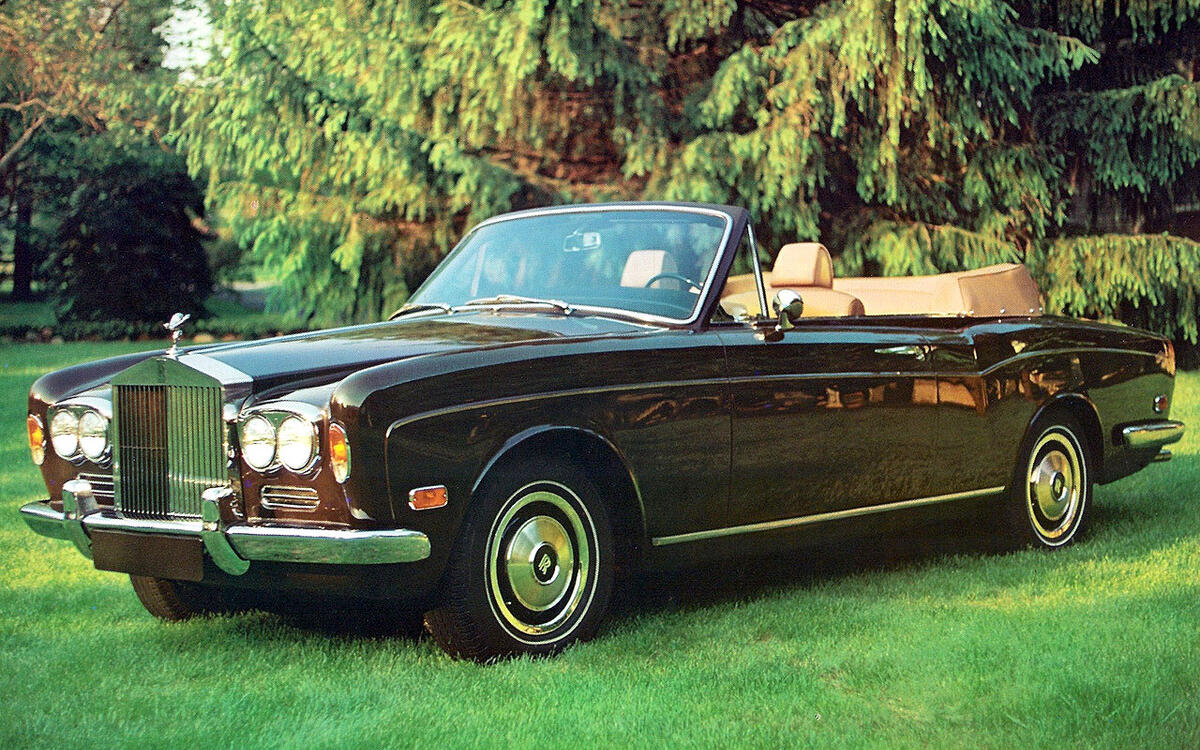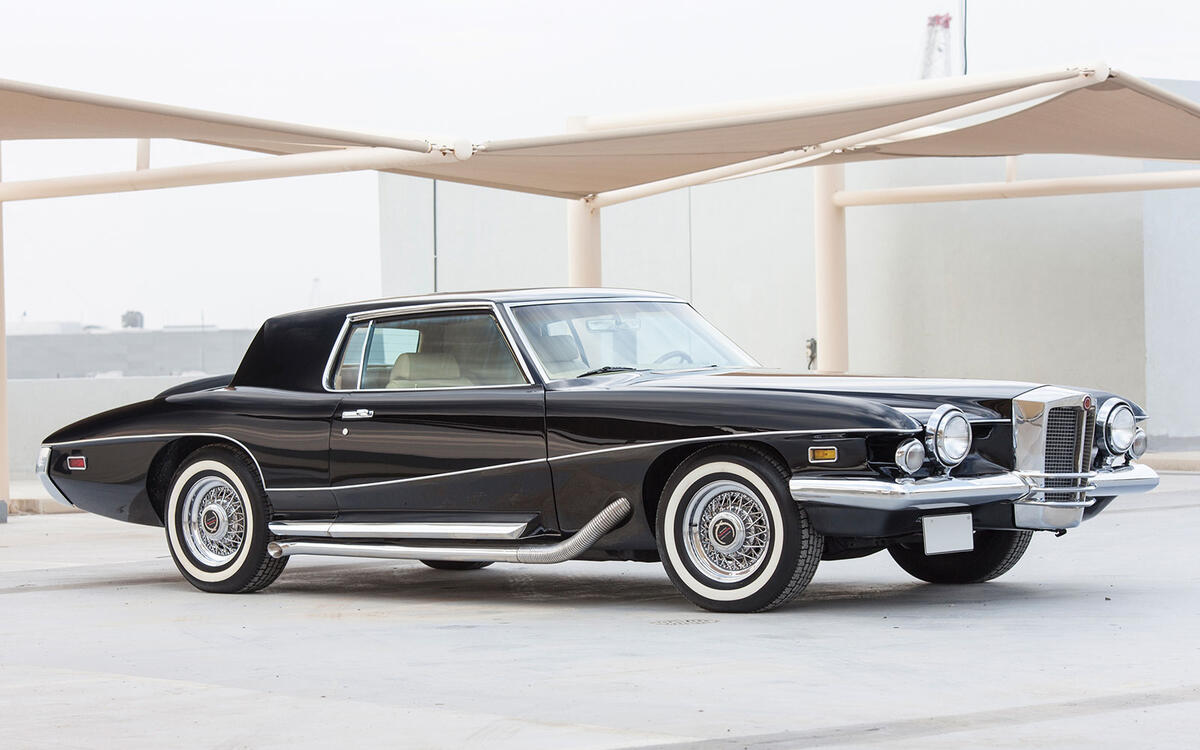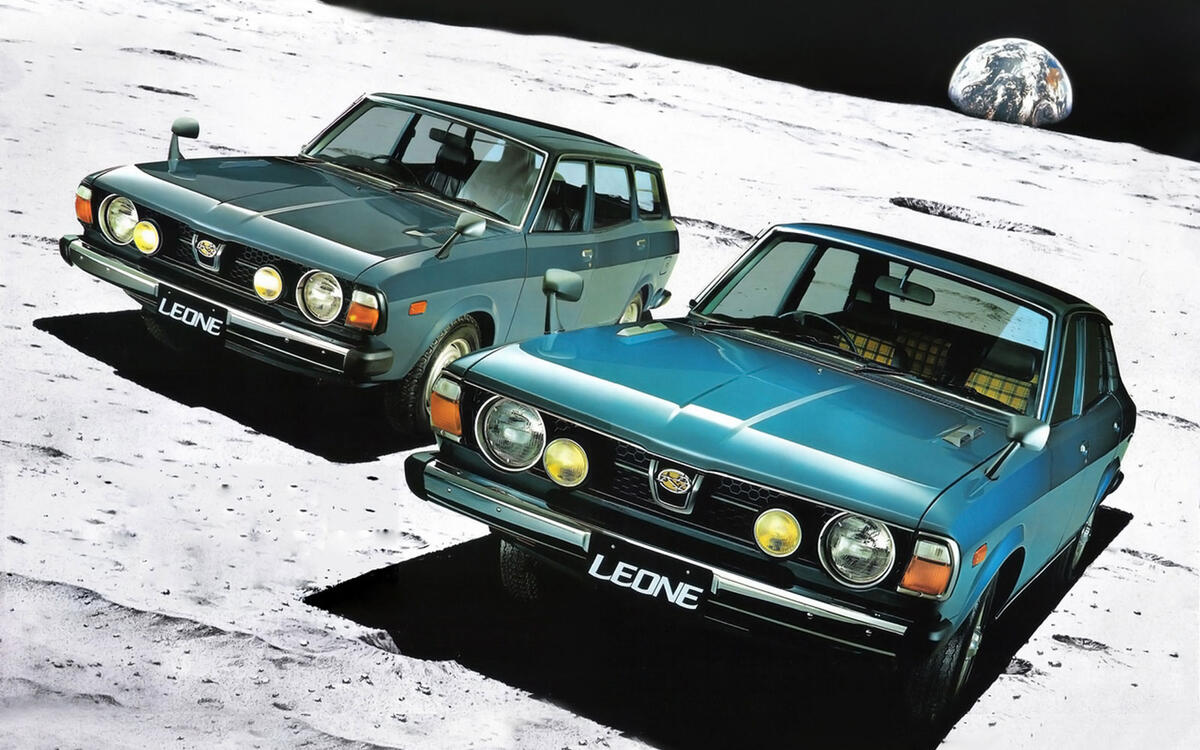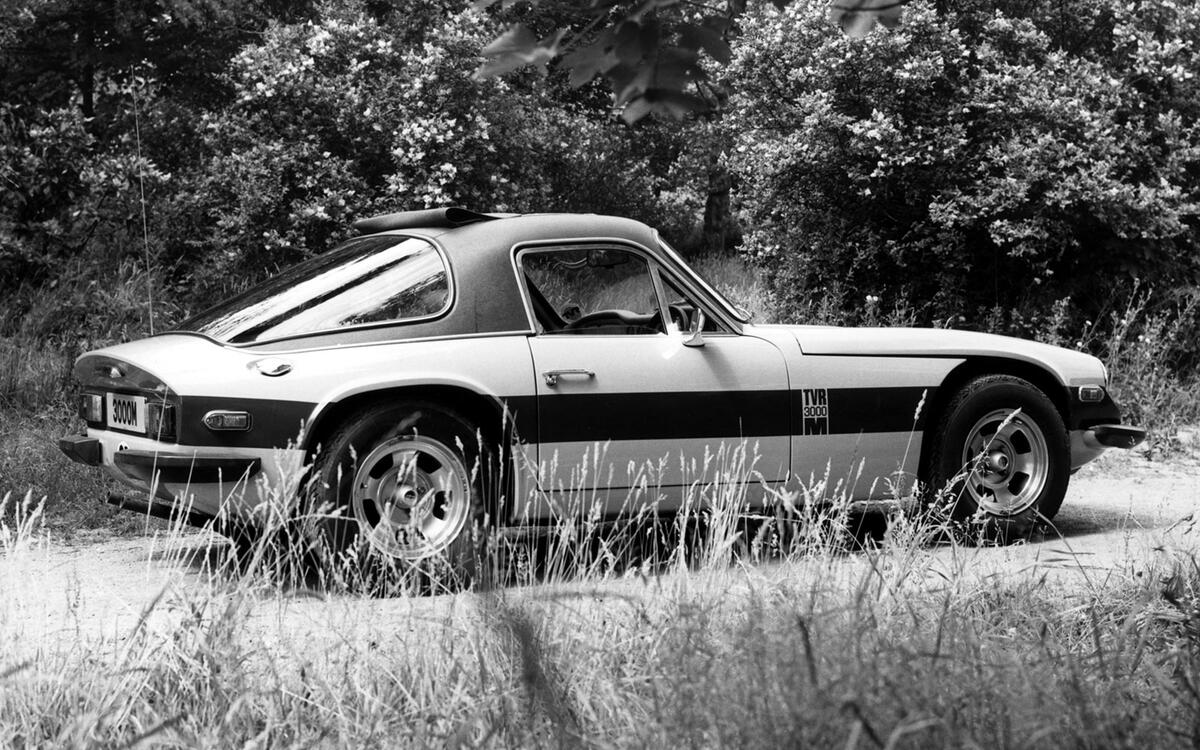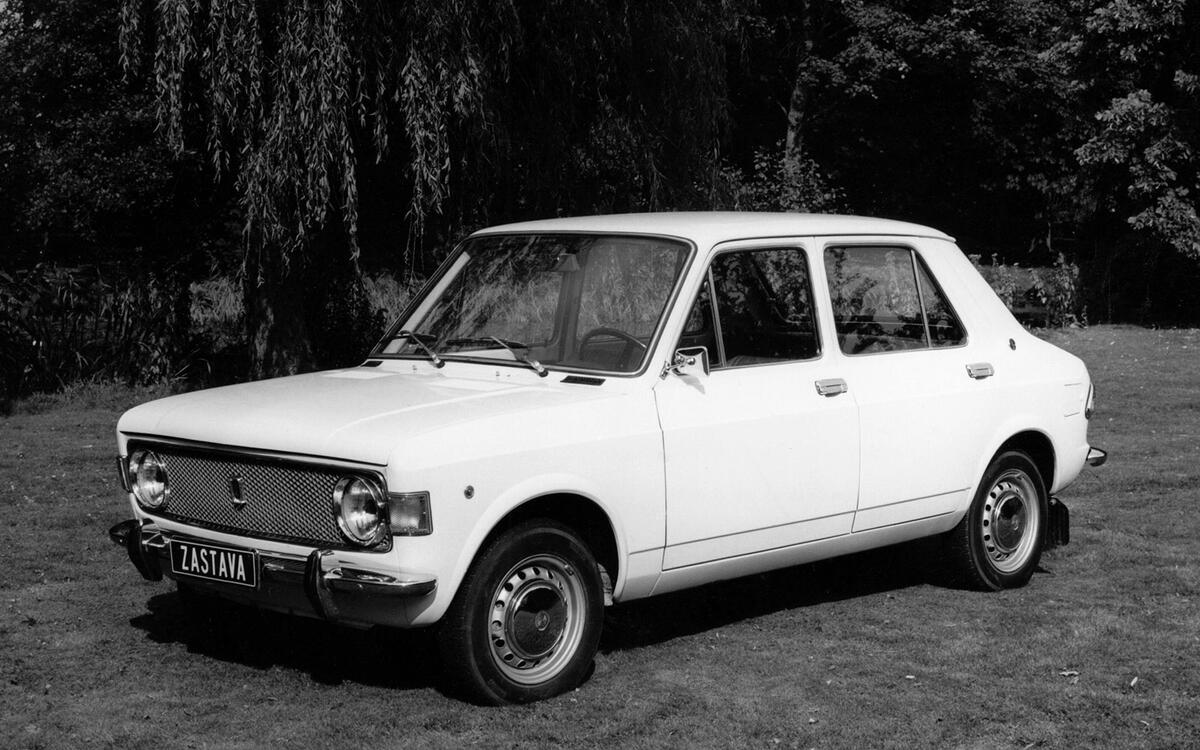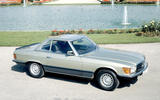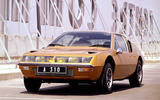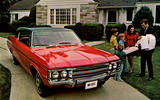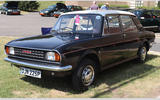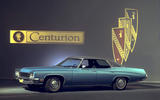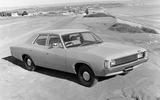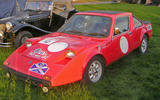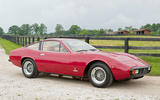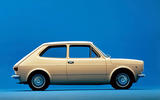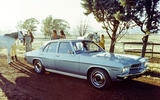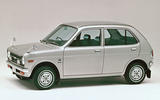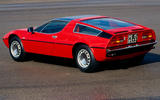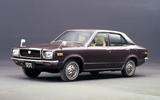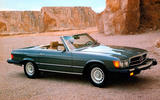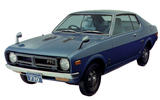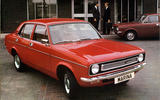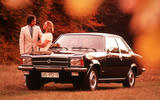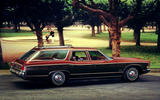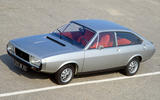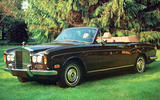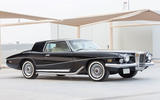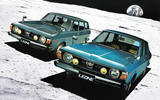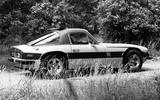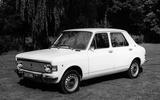 Slide of
Slide of
From Alfa Romeo to Zastava, there was a raft of fresh models for car buyers to pick in 1971.
They include some landmark designs such as the Alfa Romeo Alfasud, Fiat 127 and, er, the Morris Marina. Then there were all of the cars that have long since been forgotten – unless you can remember the magnificence of the Austin Apache or Clan Crusader that is…
 Slide of
Slide of
Alfa Romeo Alfasud
With its zesty boxer engines (for a low centre of gravity), compact dimensions and front-wheel drive, the Alfa Romeo Alfasud was brilliant to drive, so it's a shame that most of the almost-900,000 examples made have long since turned to dust. The small saloon had the silhouette of a hatchback but there was no three-door option until 1981, with a five-door option following a year later. But by 1983 the Alfasud had been replaced by the Alfa 33.
 Slide of
Slide of
Alpine A310
Alpine is best known for its curvy A110 sports car, but by the time the A310 arrived in 1971 the marque had also offered the much rarer A106 and A108. As with its predecessors, the A310 featured a rear-mounted Renault engine and plastic bodywork; a 1605cc four-cylinder powerplant was fitted initially, but a redesign (by Robert Opron, who died recently) launched in 1976 brought the option of a 148bhp 2664cc V6 engine for much better performance.
 Slide of
Slide of
AMC Matador
Taking over from the Rebel which had been launched four years earlier, the AMC Matador was a mid-sized family car that came in coupé, saloon and estate forms with a variety of straight-six and V8 engines. Production ran until 1973, when a second-generation Matador picked up the reins.
 Slide of
Slide of
Austin Apache
The BMC 1100 and 1300 (known by its code name ADO16) was one of the best-selling cars of the 1960s in the UK. It was this car that provided the basis for the Apache, a three-box saloon which used the ADO16's centre section but with an all-new Michelotti-designed nose and tail. Created specifically for the South African market, the only other country to get the Apache was Spain, where it was sold as the Victoria.
 Slide of
Slide of
Buick Centurion
The first Buick Centurion was a 1956 concept car, and it would take another 15 years for a production model to adopt the same name. Built for just two years, the Buick Centurion came with either a 5.7 or 7.5-litre V8 and a choice of coupé, saloon or convertible bodystyles. By the time production ended in 1973 just over 110,000 Centurions had been made.
 Slide of
Slide of
Chrysler Valiant
A car that's not so well known outside its homeland of Australia, although some examples were also made in South Africa, Chrysler launched the VH Valiant in summer 1971, and less than two years later it had been replaced by a facelifted model known as the VJ. Offered in saloon, estate, coupé and ute forms, there was also a choice of straight-six and V8 engines.
 Slide of
Slide of
Clan Crusader
Many of the cars in this gallery were produced in huge numbers, but not this English oddity, which featured a glassfibre monocoque along with a rear-mounted Hillman Imp 875cc all-alloy engine. In two years a relatively healthy 315 were sold, some in kit form while others were complete and ready to go. But by the end of 1973 parts supply was becoming a problem and the UK Government imposed VAT on kit cars, sealing the Clan's fate.
 Slide of
Slide of
Ferrari 365 GTC/4
It's one of those forgotten Ferraris, largely because it featured a 2+2 seating configuration and was overshadowed by the more dramatic Daytona. But the 365 GTC/4 deserves to be remembered as it featured the same running gear as the Daytona in a more usable bodyshell. Just 505 examples of the 365 GTC/4 were made, in a two-year production run, compared with 1284 Daytona coupés in five years.
 Slide of
Slide of
Fiat 127
The Fiat 127 arguably created the template of the modern supermini as we know it. When the 127 arrived there were no truly compact front-wheel drive small hatchbacks – although the 127 didn't actually get a hatchback until 1972. Until then it featured just two doors only, but it would go on to sell in huge numbers, with SEAT and Polski-Fiat variations on the theme also introduced.
 Slide of
Slide of
Holden HQ
When the HQ arrived in 1971 it represented a step change for Holden, which had invested in an all-new model. This proved to be a good move, as this range of saloons, estate, utes, coupés and light commercials would go on to be a big money spinner for Holden, with almost half a million sold in three years.
 Slide of
Slide of
Honda Life
Picking up where the N360 left off, the Honda Life was a kei car that was intended to be more usable than the cars more usually found in this segment. To that end, even though it was powered by a water-cooled two-cylinder engine that displaced a mere 356cc, the Life was significantly roomier than the N360. Honda offered three- and five-door editions and a choice of manual or automatic transmissions, with production lasting until 1974 when Honda pulled out of the kei car segment for the next decade.
 Slide of
Slide of
Maserati Bora
Ferrari had the Daytona, Lamborghini the Miura and for Maserati the king of the pile was the Bora which took over where the original Ghibli left off. However, while its rivals packed V12 powerplants the mid-engined Maserati had just eight cylinders and it's always been seen as inferior as a result. Which is a shame as it looks sensational and goes like the wind that it was named after.
 Slide of
Slide of
Mazda Grand Familia
The Mazda Grand Familia must surely rank as one of the most convoluted models in the history of motoring, as it came with a choice of numerous bodystyles (saloon, coupé, estate), no fewer than six different engines (three piston, three rotary), and depending on where in the world it was being sold there was also a choice of model names which included 808, 818, RX-3 and Savanna. And as if that's not enough, Kia also sold its own version called the Brisa II.
 Slide of
Slide of
Mercedes-Benz SL (R107)
Picking up where the 'Pagoda' SL left off was never going to be easy, but the R107 did a fabulous job for an incredible 18 years, selling in significant numbers around the globe. Timeless, elegant and hugely desirable, the SL was the car of choice for successful people around the world. Offered with six- or eight-cylinder engines, more than 200,000 R107s were made between 1971 and 1989, when the far more technically advanced R129 took over. Around 66% of R107 sales were in America, exactly as Mercedes had intended. PICTURE: US-spec model
 Slide of
Slide of
Mitsubishi Galant FTO
Mitsubishi would reprise the FTO badge for its front-wheel drive compact sporting coupé of 1994, but this is where the name was first used: on a small rear-wheel drive coupé launched 23 years earlier. Based on a shortened Galant floorpan, the Galant FTO came with 1.4 or 1.6-litre four-cylinder petrol engines which gave a top speed of up to 112mph. Production ended in August 1975.
 Slide of
Slide of
Morris Marina
One of those cars that everybody loves to hate, the Marina picked up where the Minor left off. Considering the Minor had been launched in 1948 you'd think the Marina couldn't fail, but it gained a reputation for being a lemon. Despite this it sold well for almost a decade before it was facelifted to become the Ital. Nowadays the Marina is a cult classic in saloon, estate, coupé, van and pick-up forms – none of which are plentiful. It was sold under the Austin badge between 1973 and 1975 in America, where around 23,000 were sold.
 Slide of
Slide of
Opel Rekord
The original Opel Rekord arrived as long ago as 1953. That model was known as the Olympia Rekord and it would be followed by a succession of replacements with the seventh-generation iteration known as the Rekord D. Production started at the end of 1971 for the first deliveries to take place in early 1972, with buyers able to choose between a saloon, estate, van or coupé, with an array of four-cylinder engines including a diesel unit from 1972.
 Slide of
Slide of
Pontiac Grand Safari
If you had deep pockets and you wanted a large estate car in 1971, your Pontiac dealer would be happy to sell you a Grand Safari; at 5847mm (230in) long, they were the longest cars ever offered by the brand. Pontiac's biggest and most luxurious station wagon, the Grand Safari came with either 6.6 or 7.5-litre V8 engines and a standard-fit powered tailgate – the first time that this was ever offered on a production car.
 Slide of
Slide of
Renault 15/17
Most Renaults built in the sixties and seventies (and often far beyond) have long since bitten the dust, and some are rather forgotten today. The 15 and 17 coupés are sadly in that camp. Essentially a Renault 12 coupé, the two cars featured different headlights and rear side window designs. The entry-level 15 TL got the 12's 1289cc engine while the 15 TS and all 17s featured the larger 1565cc powerplant from the Renault 16.
 Slide of
Slide of
Rolls-Royce Corniche
When Rolls-Royce introduced the Silver Shadow in 1965 it was offered in two-door coupé form and within a year there was also a convertible available. Known as the Mulliner Park Ward editions, the introduction of the Corniche name in 1971 was merely a branding exercise with both bodystyles carried over unchanged and still powered by Rolls-Royce's gloriously torquey 6.75-litre V8.
 Slide of
Slide of
Stutz Blackhawk
While he was working for Chrysler, Virgil Exner (1909-1973) designed some of the most avantgarde concept cars ever seen. So when banker James O'Donnell decided to revive the pre-war Stutz brand he knew exactly who to commission to come up with something eye-catching – and that's just what he got with a coupé and convertible that remained in production for 16 years, with around 600 cars made in that time.
 Slide of
Slide of
Subaru Leone
Subaru was still a relative newcomer to car production when the Leone was launched in 1971. Its first car, the R360, made its debut in 1958 and this was a world away from the much bigger and more technically accomplished front-wheel drive Leone with its engines of up to 1.6 litres. Within a year there would be a four-wheel drive estate – a template that Subaru has stuck with ever since, to hugely effective success in America, especially in the past decade.
 Slide of
Slide of
TVR M Series
Although the first variation on the TVR M Series didn't go on sale until 1972, it was first seen in prototype form the previous year. That car was the 2500M which was a glassfibre coupé with a Triumph 2.5-litre straight-six engine. It was followed by the 1600M and 3000M, both with Ford engines. Production ran until 1979 when the much more angular Tasmin took over.
 Slide of
Slide of
Zastava Skala
Made in Yugoslavia (now Serbia) and sold all over the world, Zastava's cars were synonymous with no-frills budget motoring. Most of its cars were Fiats built under licence, and this included the 128-derived Skala which wore an array of nameplates around the world. Incredibly the Skala remained in production from 1971 until Zastava went bust in 2008, by which point 1.5 million had been made.
1971 was an interesting year for cars, establishing some nameplates that continue to this day. These are the cars that turn 50 in 2021
Advertisement

